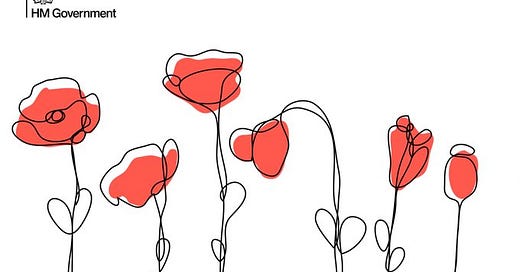This column on remembrance and Newfoundland and Labrador society first appeared at Sir Robert Bond Papers on November 11, 2014.
More people will pay attention to Remembrance Day this year than usually might. The murder a few weeks ago of Corporal Nathan Cirillo, and to a lesser extent, the murder of Warrant Officer Patrice Vincent, are enough to remind …
Keep reading with a 7-day free trial
Subscribe to Bond Papers to keep reading this post and get 7 days of free access to the full post archives.




